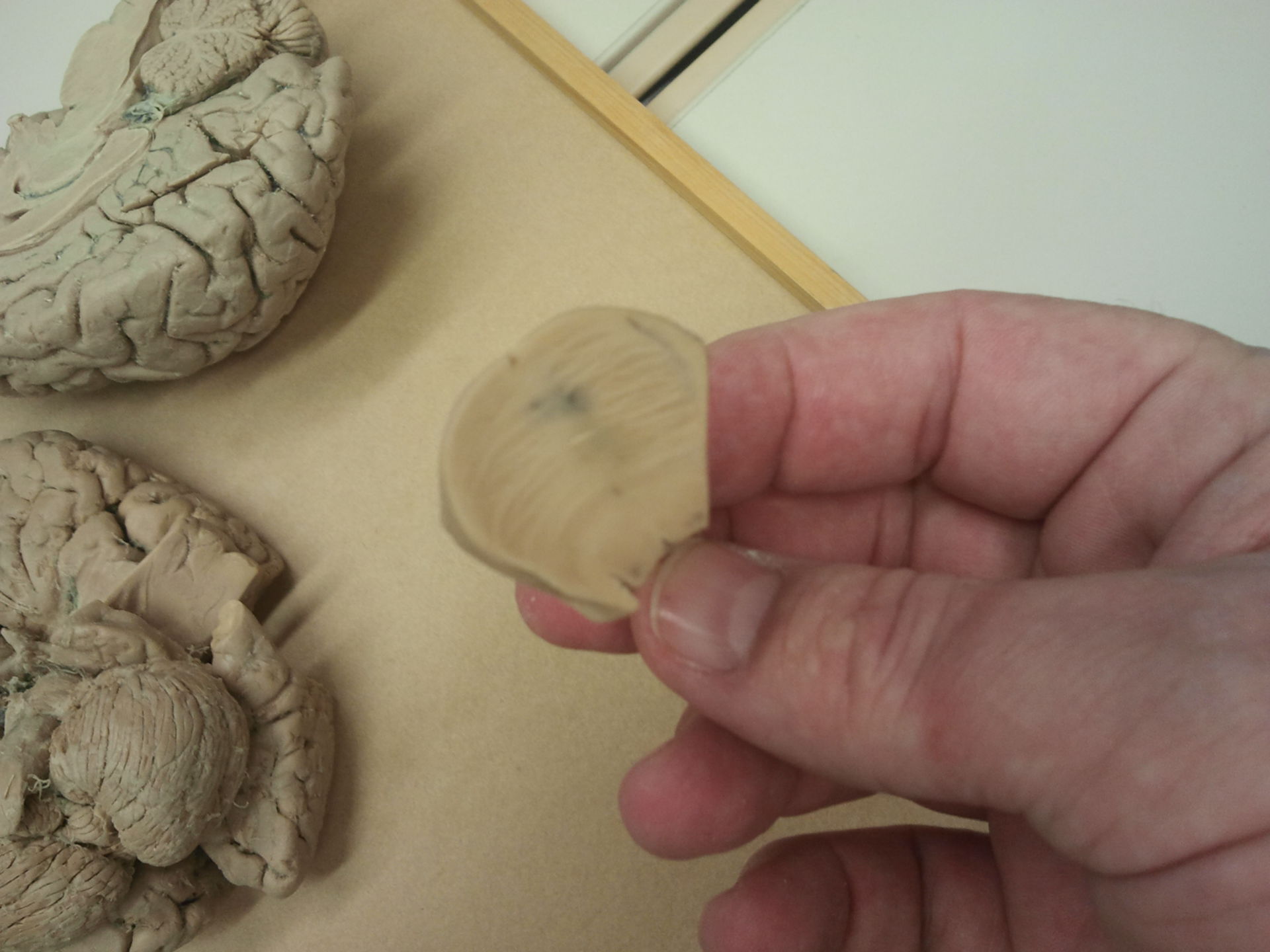
What is the medulla oblongata? The medulla oblongata is a vital part of the brainstem, connecting the brain to the spinal cord. It plays a crucial role in regulating essential functions like breathing, heart rate, and blood pressure. Without it, basic life-sustaining activities would be impossible. This small but mighty structure also helps control reflexes such as swallowing, coughing, and sneezing. Located just above the spinal cord, the medulla oblongata acts as a communication hub, relaying messages between the brain and the rest of the body. Understanding its functions can shed light on how our bodies maintain homeostasis and respond to various stimuli.
What is the Medulla Oblongata?
The medulla oblongata is a crucial part of the brainstem. It connects the brain to the spinal cord and controls many vital functions. Let's dive into some fascinating facts about this essential brain structure.
- The medulla oblongata is located at the base of the brain, just above the spinal cord.
- It plays a key role in regulating breathing, heart rate, and blood pressure.
- The medulla oblongata is responsible for reflex actions like coughing, sneezing, and swallowing.
- It contains the cardiac, respiratory, vomiting, and vasomotor centers.
- Damage to the medulla oblongata can be life-threatening due to its control over vital functions.
Functions of the Medulla Oblongata
Understanding the functions of the medulla oblongata helps us appreciate its importance in our daily lives. Here are some key functions it performs.
- The medulla oblongata helps regulate the autonomic nervous system.
- It controls involuntary functions such as digestion and circulation.
- The medulla oblongata processes sensory information from the body.
- It helps coordinate movements and maintain balance.
- The medulla oblongata plays a role in the sleep-wake cycle.
Anatomy of the Medulla Oblongata
The structure of the medulla oblongata is complex and fascinating. Let's explore its anatomy in more detail.
- The medulla oblongata is about 3 cm long.
- It is divided into two parts: the ventral (front) and dorsal (back) medulla.
- The ventral medulla contains the pyramids, which are bundles of nerve fibers.
- The dorsal medulla contains the nuclei of cranial nerves.
- The medulla oblongata is rich in gray matter, which contains neuron cell bodies.
Medulla Oblongata and Cranial Nerves
The medulla oblongata is closely associated with several cranial nerves. These nerves play important roles in sensory and motor functions.
- The medulla oblongata is connected to cranial nerves IX (glossopharyngeal), X (vagus), XI (accessory), and XII (hypoglossal).
- Cranial nerve IX helps control taste and swallowing.
- Cranial nerve X is involved in heart rate, digestion, and respiratory rate.
- Cranial nerve XI controls muscles in the neck and shoulders.
- Cranial nerve XII is responsible for tongue movements.
Medulla Oblongata in Medical Research
The medulla oblongata is a focus of medical research due to its vital functions. Researchers are constantly learning more about this important brain structure.
- Studies on the medulla oblongata help improve treatments for respiratory and cardiovascular diseases.
- Research on the medulla oblongata contributes to our understanding of brainstem strokes.
- Scientists are exploring the role of the medulla oblongata in sleep disorders.
- The medulla oblongata is being studied for its involvement in neurodegenerative diseases.
- Advances in imaging technology are helping researchers study the medulla oblongata in greater detail.
Final Thoughts on the Medulla Oblongata
The medulla oblongata is a powerhouse in the brain, controlling vital functions like breathing, heart rate, and blood pressure. Without it, basic life-sustaining processes wouldn't happen. This small but mighty part of the brain also manages reflexes like coughing, sneezing, and swallowing. Its role in connecting the brain to the spinal cord makes it essential for transmitting signals throughout the body. Understanding the medulla oblongata helps appreciate how our bodies function seamlessly every day. This knowledge underscores the importance of brain health and the intricate systems keeping us alive. So next time you take a breath or feel your heart beating, remember the medulla oblongata's crucial role. Stay curious and keep exploring the wonders of the human body!
Was this page helpful?
Our commitment to delivering trustworthy and engaging content is at the heart of what we do. Each fact on our site is contributed by real users like you, bringing a wealth of diverse insights and information. To ensure the highest standards of accuracy and reliability, our dedicated editors meticulously review each submission. This process guarantees that the facts we share are not only fascinating but also credible. Trust in our commitment to quality and authenticity as you explore and learn with us.
